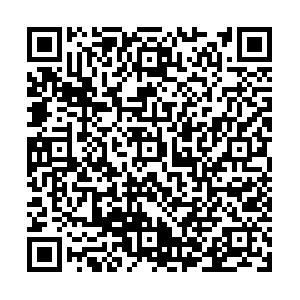Abstract:
Objective To observe the effect of neurological rehabilitation on brain tissue remodeling, body function and quality of life of patients during the acute stage after cerebral infarction.
Methods Total 72 patients during acute stage after cerebral infarction were randomly divided into observation group and control group. The control group received simple drug therapy (intracranial decompression, antiplatelet aggregation, plaque stabilization, scavenging oxygen free radicals, improving microcirculation and nerve nutrition, maintaining a stable internal environment, etc.); while the observation group received drug therapy and neurological rehabilitation (postural training, passive exercise, roll exercise, bridge exercises, stretching exercise, balance training and walk training, etc.). The course of treatment was 4 weeks. Blood oxygen level dependent functional magnetic resonance imaging (BOLD-f MRI) was used to detect the ADC and FA values, the activation area and the size of the cerebral cortex in the two groups after the treatment, to evaluate objectively the changes of brain tissue remodeling. At the same time, The Fugl-Meyer Assessment of Motor Recovery after Stroke and Nottingham Health Profile (NHP) were used to evaluate the clinical efficacy.
Results After the treatment, f MRI indicated that ADC and FA values in the observation group were increased significantly as compared with those in the control group, the difference was statistically significant (
P < 0. 05). The increase of the activation area and the size of the cerebral cortex in the observation group was greater than that in the control group, the difference was statistically significant (
P < 0. 05). The clinical effects were compared between the two groups through Fugl-Meyer Assessment of Motor Recovery after Stroke and Nottingham Health Profile (NHP), the difference was statistically significant (
P < 0. 05).
Conclusion The neurological rehabilitation during the acute stage after cerebral infarction can further improve the brain function of patients. The functional magnetic resonance imaging can give a quantitative, sensitive and accurate evaluation on the clinical efficacy.

 点击查看大图
点击查看大图



 下载:
下载:
